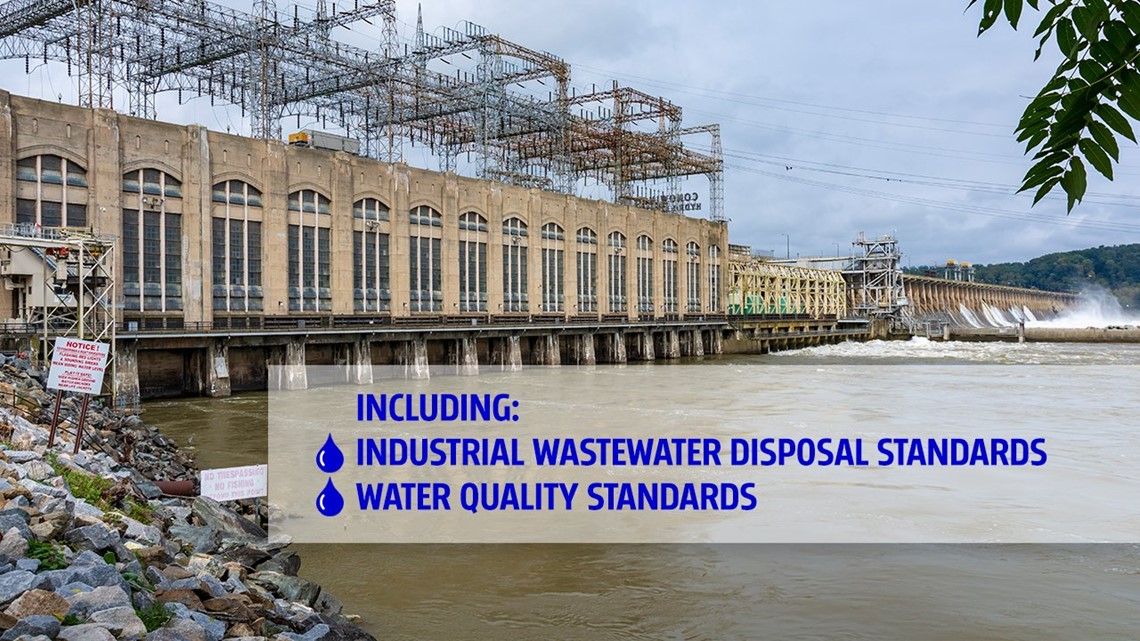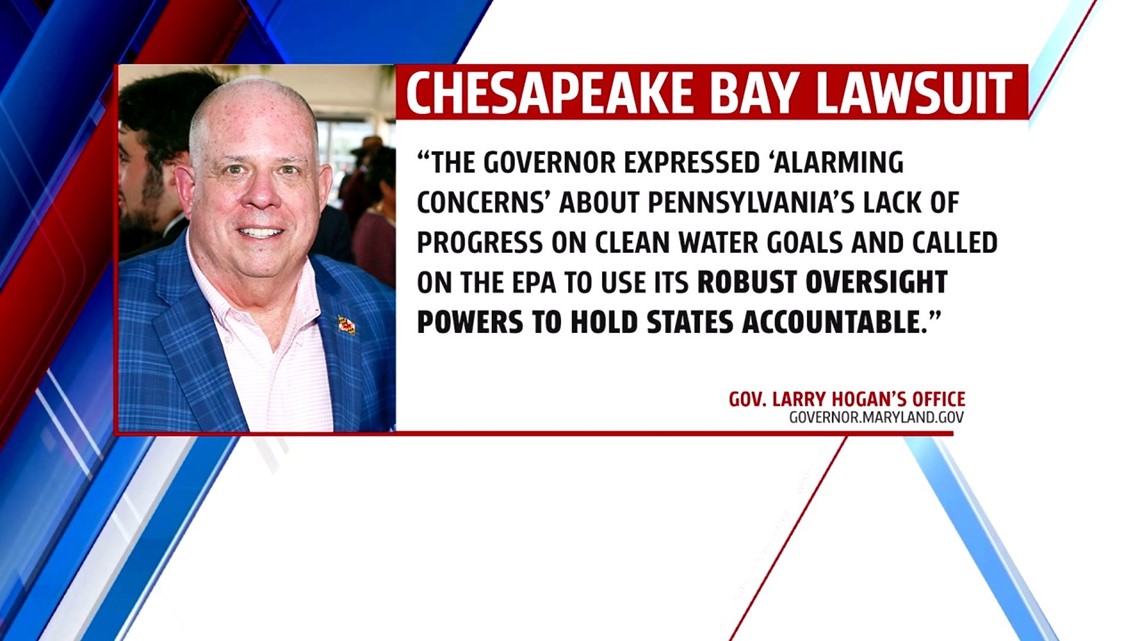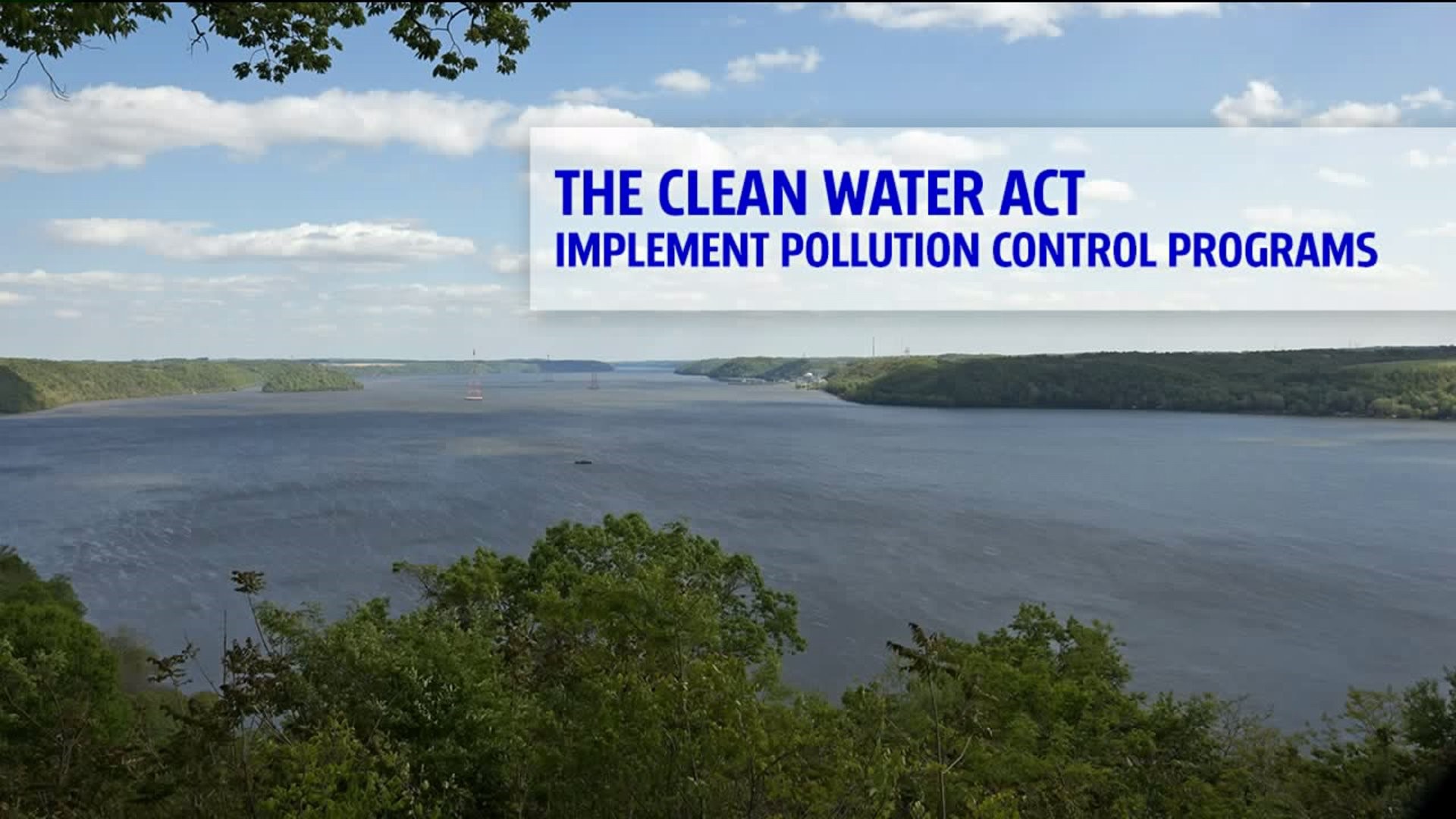FOX43 has reported on Maryland's threat to press legal action against the Commonwealth and the Environmental Protection Agency. The state's Governor, Larry Hogan, claims Pennsylvania is not doing enough to prevent contamination from the Susquehanna River from flowing into the Chesapeake Bay. So, given his stance, suing Pennsylvania seems reasonable -- but why sue the EPA?


It seems that Maryland does have legal rights in this situation. Those rights are outlined in the Clean Water Act. The CWA gives the EPA the right to implement a host of pollution control programs. They include -
- Setting standards for disposing of industrial wastewater
- Developing national water quality criteria for pollutants in streams, lakes, rivers, and other surface waters
- Set legal parameters for anyone to dump pollutant into a source for other bodies of waters


The Maryland government claims the EPA is not holding Pennsylvania properly accountable for its actions in this matter. Therefore, it is the right of the state to also pursue legal action against the EPA. In a release posted on Maryland.gov, Governor Hogan says his state is calling on the EPA to use it's "robust oversight powers to hold states accountable."
The Chesapeake Bay Foundation is holding itself accountable by doing its part to limit the amount of polluted runoff into the Bay. They say much of the pollution that ends up in creeks and streams may be caused by pesticides, fertilizers and even salts used to melt snow. They add those toxins, in addition to many more, are then carried by rain and other precipitation into the water.
One idea the Chesapeake Bay Foundation has to curb the pollution is strategically planting trees. The foundation had partnered with the Keystone 10 Million Trees Partnership. The goal is to plant 10 million trees across areas known as priority landscapes. For example, places like farmlands close to bodies of water. The organization hopes to plant all 10 million trees by the end of 2025.

